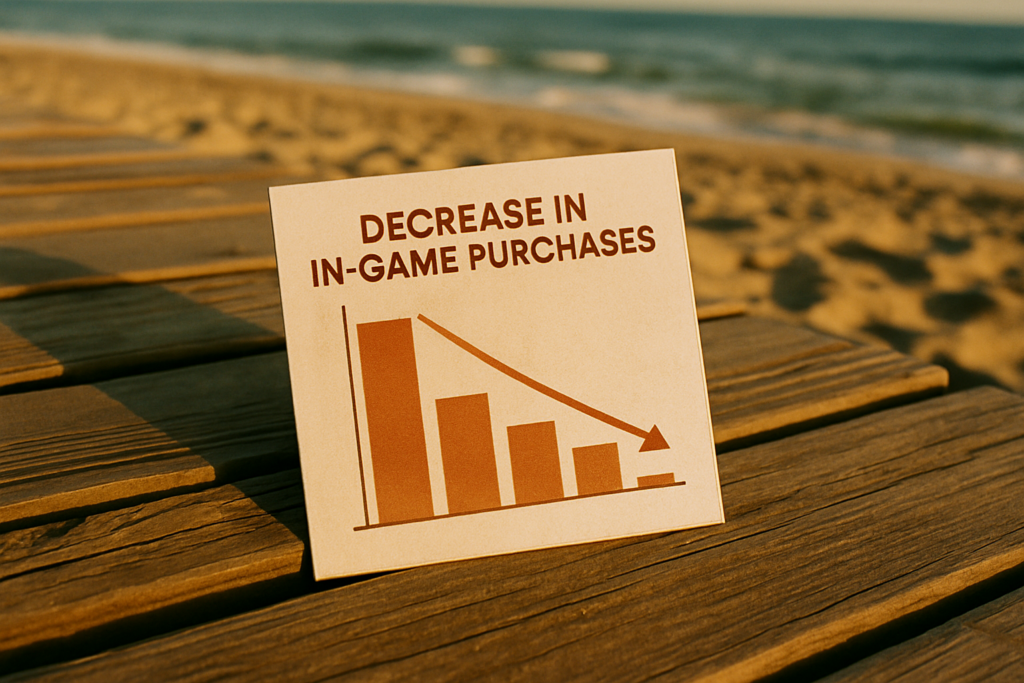Introduction
Retro games aren’t just back—they’re booming. From Twitch streams to TikTok timelines, pixelated classics and cartridge-fueled favorites are experiencing a full-blown resurgence. But this isn’t just about warm, fuzzy nostalgia. Something deeper is happening.
Players are turning to older games for clarity in a noisy gaming landscape. Today’s AAA titles push realism and open-world chaos, but more people are craving the straightforward challenge and unpolished charm of retro gaming. It’s becoming a statement: this is about play, not spectacle.
At the same time, the culture around these games has matured. Collectors, modders, indie developers—they all have skin in the game. And strategic minds are tapping into this ecosystem, from creators building brands off vintage content to studios finding fresh success in simple, tight gameplay loops. The past isn’t just influencing the present—it’s becoming the blueprint.
What Counts as a “Retro” Game Today
Ask five gamers what qualifies as retro and you’ll get five different answers—but there’s a loose consensus. Anything from the 8-bit Nintendo era through the 32-bit PlayStation and N64 generation is generally fair game. That includes systems like the NES, SNES, Sega Genesis, and original PlayStation. These were the years when simple mechanics met memorable design, and a lot of it still holds up.
Some titles from those days are back in a big way. Super Mario Bros. still racks up play hours thanks to re-releases and speedrunning fame. Street Fighter II shows up in modern tournaments, and Final Fantasy VII got a high-profile remake that introduced the story to a whole new crowd. These aren’t just museum pieces—they’re still shaping the culture.
But not all retro-looking games are created equal. Retro-inspired games mimic the old-school vibe—think pixel art, chiptune soundtracks, and stripped-down mechanics. These are new creations with a throwback aesthetic. Remastered games, on the other hand, are old titles with updated visuals, cleaner sound, and sometimes quality-of-life upgrades. One’s homage, the other’s a facelift. Both tap into the same era, but they scratch different itches.
Game Preservation and Modding Communities
Retro games aren’t just coming back—they’re being kept alive by the fans who never let them go. Emulation has made it possible to play classics from the NES, SNES, PS1, and beyond anywhere, on anything. It’s not perfect—and it lives in a murky legal zone—but it’s undeniably how entire generations are discovering or re-experiencing old hits.
Meanwhile, modding communities are doing more than tweaking a few difficulty settings or adding new sprites. They’re building entirely new stories, levels, and even gameplay mechanics into franchises the original devs abandoned decades ago. Games like Doom, Half-Life, and Final Fantasy Tactics have thriving underground updates that feel better than some AAA sequels.
The preservation movement isn’t just about playability—it’s about history. While publishers focus on what’s profitable, fans are documenting, restoring, and reinventing games to keep them culturally relevant. That passion keeps retro gaming from fading into trivia. It’s grassroots preservation that’s shaping what retro even means today.
Influence on Modern Game Development
Retro-style games aren’t just riding nostalgia—they’re pushing design forward. Titles like Celeste, Stardew Valley, and Shovel Knight didn’t succeed because they looked old. They succeeded because they took the best parts of the past—snappy gameplay, pixel charm—and fused it with modern heart. Tight mechanics meet layered storytelling. Emotional arcs break through the blocky art. These games prove you don’t need photorealism to hit hard.
Studios are leaning into retro aesthetics on purpose. Not because they lack budget, but because they have vision. It’s about clarity—clean, readable interfaces, purposeful design, and gameplay over spectacle. And audiences respect that. The throwback look becomes a shortcut to trust: this game will play well, stay tight, and avoid fluff. Retro visuals signal craft, not compromise.
The line between past and future is blurring. Developers are using old tools to tell new stories—with more emotion, more depth, and fewer distractions. It’s not low-tech. It’s just low-noise.
Economic Impact & Market Trends
The retro gaming boom isn’t just sentimental—it’s commercial. Publishers are cashing in with reboots of fan favorites, limited-edition cartridge drops, and unexpected console revivals. Nintendo, Sony, and Sega have all leaned into this trend, re-releasing old libraries on modern platforms or launching mini consoles that ship out as fast as they’re stocked.
Collectors and resellers are watching prices spike on original cartridges, boxed consoles, and even instruction manuals. Rare copies of niche titles now sell for thousands. Platforms like eBay and Whatnot have turned retro game flipping into a full-time hustle, not just a hobby.
What’s driving all this? Broader gaming industry economics suggest a demand shift: in a crowded market saturated with live service games and free-to-play multiplayers, players are looking for alternatives. Retro gaming scratches the itch for buy-once-play-forever value. According to recent industry forecasts, the nostalgia economy is colliding with the fatigue economy—and retro fits both lanes.
It’s no longer just about memory lane. It’s about rarity, resale, and reimagining what timeless play feels like. For creators, designers, and savvy collectors, this moment is more opportunity than throwback.
Final Thoughts
Retro gaming has outgrown its image as just a nostalgia trip. It’s now a legit lane for creativity, design, and even innovation. With AAA games chasing realism and size, retro-inspired titles are zigging when everyone else zags—offering focus, charm, and sharp identity.
In a crowded market, that kind of clarity is powerful. Whether it’s a pixel-perfect remake or a brand-new 2D platformer cooked up by an indie dev, old-school visuals and stripped-down mechanics are becoming tools to break through the noise. These games aren’t just reliving the past—they’re rewriting it, with better tools and a sharper sense of what players want.
More reboots are coming. More remasters. And more small, deeply personal passion projects that use retro visuals as a launchpad—not a crutch. If you’re a creator or a gamer looking to stand out, looking back might just be the smartest move forward.



